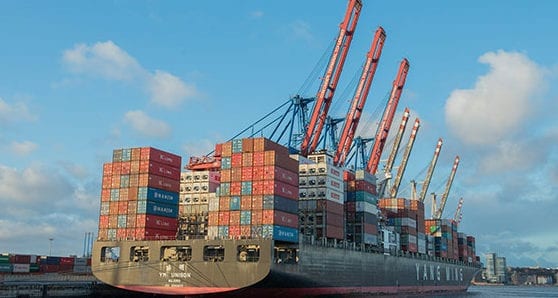Canada’s merchandise trade balance with the world was in a surplus position in May for the second time since December 2016, says Statistics Canada.
The federal agency reported on Wednesday that the $762-million surplus in May followed a $1.1-billion deficit in April as exports rose 4.6 per cent in May, in part due to an increase in exports of motor vehicles. Imports were up one per cent, mainly on higher imports of aircraft.
In real (or volume) terms, exports increased four per cent and imports were up 1.2 per cent, said StatsCan.
It said total exports rose 4.6 per cent to a record $53.1 billion in May, with nine of 11 product sections posting increases. Exports of motor vehicles and parts, aircraft and other transportation equipment and parts, and energy products contributed the most to the increase. Year over year, total exports were up 8.6 per cent. In May, non-energy exports rose 4.5 per cent.
“Exports of energy products rose five per cent in May to $10.8 billion. Exports of crude oil were up 2.8 per cent, the fifth consecutive monthly gain, mainly on higher prices. After falling 16.5 per cent in April, exports of refined petroleum products rose 20.4 per cent in May, mainly due to higher exports of heavy fuel oil to the United States,” said Statistics Canada.
It said the trade surplus with the United States is at its highest level in more than a decade as exports south of the border rose 3.7 per cent to a record $39.3 billion in May. Imports from the United States declined 0.5 per cent to $33.3 billion.
“As a result, Canada’s trade surplus with the United States widened from $4.4 billion in April to $5.9 billion in May, the largest surplus since October 2008,” it said.
“Exports to countries other than the United States rose 7.3 per cent to a record $13.8 billion in May, partly due to an increase in exports to Saudi Arabia (other transportation equipment). Higher exports to Japan (copper, coal), South Korea (metal ores) and the Netherlands (energy products, iron ores) also contributed to the increase. A significant decline in exports to the United Kingdom (gold) partially offset these increases.”
The views, opinions and positions expressed by columnists and contributors are the author’s alone. They do not inherently or expressly reflect the views, opinions and/or positions of our publication.


